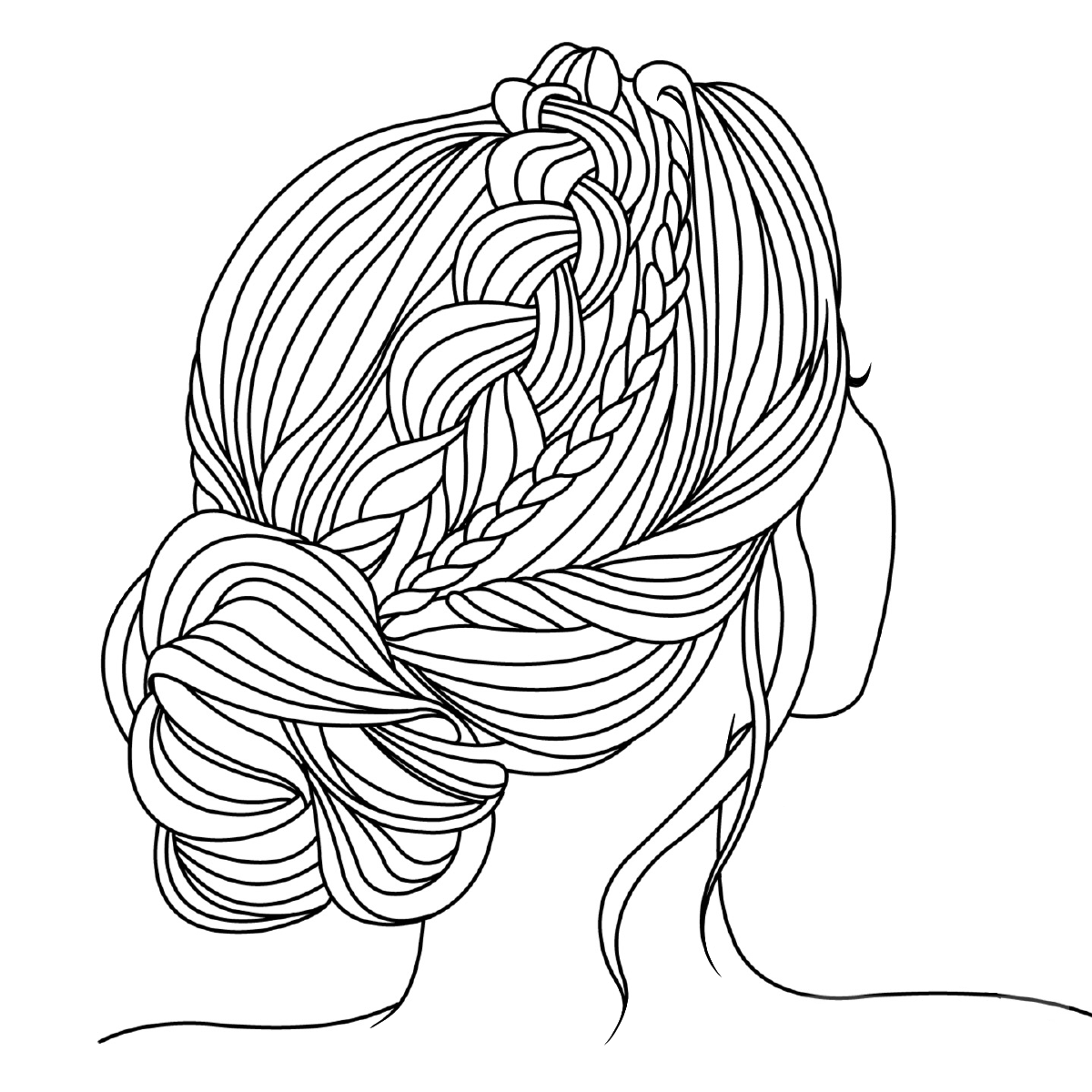How to Dye Hair at Home Successfully
Table Of Content

For bleaching in particular, Mondo recommends you try not to wash your hair for several days so there's enough product buildup and oil secretion to protect your scalp. Experts agree that applying color to slightly dirty hair is often best. "The natural oils act as a buffer to keep your scalp from getting irritated," Corbett says. The same goes for anyone with highlights, or even light blonde hair. "You don't want to ruin your hair by trying to bleach it—and hopefully you'll be back at the hairdresser again soon," Canalé says.
Section the hair correctly to prepare for coloring
At the same time the stylist talks to the client and asks her what her color expectations are. The correct procedure in a salon always starts with a hair diagnosis. And we will also look into some toners and fashion colors that you can use. Coloring techniques like balayage and softly layered cuts can make your hair look great for months on end without touch-ups or trims.
Can You Guess My Hair Color? Hair Color Food Quiz - BuzzFeed
Can You Guess My Hair Color? Hair Color Food Quiz.
Posted: Tue, 16 Apr 2024 07:00:00 GMT [source]
Don't Wash Your Hair Beforehand
In the era of balayage stricktly two-tone dyeing jobs may be hard to find. The majority of stylists like to use 3 and more shades to blend highlights seamlessly into the hair. This is probably the best bet for anyone who's hoping to be back in the salon in the not-too-distant future (and who's less than about 25 percent gray).
All-Over Hair Color
Translucent color glazes last anywhere from eight to 12 weeks, or six to 12 washes. Her work has been featured in Allure, Elle, InStyle, Well + Good, and more. It’s official – this shoulder-skimming cut is one of the past decade’s biggest beauty trends!

Ramos estimates a translucent color glaze can cost anywhere from $30 to $60. Pureology's Color Fanatic Top Coat + Clear Hair Gloss ($36) is a great at-home option. Semi-permanent dye typically lasts a few weeks—around four to eight at the absolute maximum, gradually fading with each wash.
Then make sure to study up how to protect your color before jumping into the pool. Few things are as trying—and rewarding—as learning how to dye your hair at home. But as anyone who's done it knows, there's a reason salon appointments are so expensive. Coloring your own hair requires skill, dexterity, and a basic familiarity with science.
Select your best shade.
It's also worth noting that demi-permanent dye has limited lightening properties. It can enhance your natural color (or darken it), but it won't lift the color significantly. Permanent hair dye is a great option for anyone looking to cover up grays.

Temporary hair dye
The light ash blonde, light golden brown, and medium reddish blonde are all beautiful shades. Just use techniques that keep hair dye away from the scalp, such as, balayage or ombre. Chemicals from hair dye can be absorbed through the scalp and may cause harm to the fetus. Also, it is recommended not to dye hair until the second trimester. Even ‘natural’ and ammonia-free hair dyes are still substances full of different chemicals. Anyway, consult your doctor before choosing to dye your hair for more information.
You should have now applied the color product to the new growth and roots all over your head. Of course, you want results that will make you feel better about the state of your strands, and Ferrara has practical advice to get you there. Here, she breaks down step-by-step tips that will make dyeing your hair at home a success. Leaving both front sections hanging free, begin to create sections down your part that are about a quarter-inch thick (the thicker the hair, the smaller the section).
Revlon ColorSilk got perfect scores from the Good Housekeeping Institute Beauty Lab's home hair color test. Apply the color to your top part on one side and then again to the other side. Be sure to sufficiently cover hair with the product in the new growth section only, says Ferrara (unless you’re blonde, more on that below!). Using the end of your tail comb (or the tip of the bottle if you don’t have a comb), take a ¼- to ½-inch horizontal section, then flip it over to the other side of your head. Apply color to the new growth section of your roots, continuing this process down your head until you get to your ear. The box kit will include everything you need to apply the color, like a squeeze bottle, which is used to direct the color onto your hairline.
They're less likely to strip away added color (which other products may), so your new shade lasts longer. It's generally safe to color your hair at home as long as you closely follow the directions for the products you're using. That being said, colorist Lauren Grummel notes that both your end goal and the condition of your hair should be taken into consideration before you pick up a box dye kit at the drugstore. Even if you think you won't need a second box for your hair coloring session, having extra hair dye on-hand is great for when it comes time to touch up your roots. When it comes to at-home color, McLean recommends keeping things simple, “At-home color can be great for touching up your professional color in between appointments,” he says.
For anyone looking to enhance their hair color or change it entirely, a hair color chart is definitely a useful tool for determining which one of the many shades to choose. We could go on and on about the numerous techniques that exist today. For example, rooting, crystalizing, ocean hair, the lived-in look, mermaid hair, and countless others.
Comments
Post a Comment